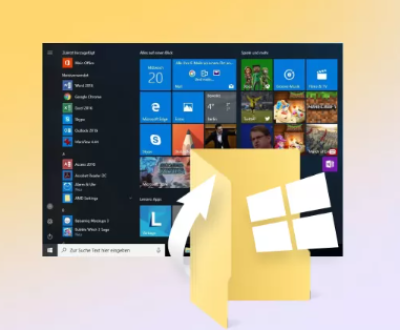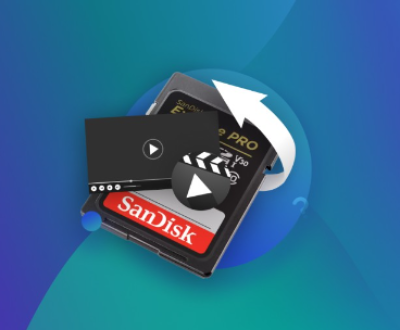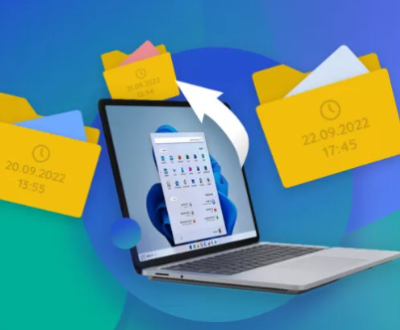I. Windows was unable to complete the formatting of the SD card
Formatting an SD card is a common operation that users perform to erase data, change the file system, or fix potential issues with the card. However, it can be frustrating when Windows fails to complete the formatting process.
II. Possible Reasons for Formatting Failure
A. Hardware – related Issues
Physical Damage
The SD card itself may be physically damaged. For example, if the card has been dropped, exposed to extreme temperatures, or has bent pins, it can cause problems during formatting. Physical damage can disrupt the electrical connections between the card and the SD card reader, preventing the proper transfer of data required for formatting.

The SD card reader can also be damaged. Dust, debris, or mechanical wear and tear can affect the functionality of the reader. If the reader is not making a good connection with the SD card, Windows may not be able to access the card properly to perform the formatting.
Incompatible Hardware
Some older SD card readers may not support the newer SD card standards. For instance, an old USB 2.0 SD card reader may not work well with high – capacity SDXC cards, which require more advanced hardware support. This incompatibility can lead to formatting failures.
The motherboard’s USB controller can also cause issues. If the USB controller is outdated or has driver problems, it may not be able to communicate effectively with the SD card reader, resulting in formatting errors.
B. Software – related Issues
Driver Problems
Outdated or corrupted SD card reader drivers can prevent Windows from formatting the SD card. Drivers act as a bridge between the operating system and the hardware. If the drivers are not up – to – date, they may not support the latest features of the SD card or the formatting process.
Sometimes, the drivers can become corrupted due to system crashes, malware infections, or improper uninstallation of other software. A corrupted driver will not function correctly, leading to formatting failures.
File System Errors
The existing file system on the SD card may have errors. These errors can occur due to improper removal of the card, power outages during data transfer, or malware infections. When Windows tries to format the card, these errors can interfere with the process and cause it to fail.
In some cases, the file system may be locked or in use by other processes. For example, if there is a background program accessing the SD card, Windows will not be able to format it until the program releases the card.
Permissions Issues
Insufficient user permissions can also prevent the formatting of the SD card. If the user account does not have the necessary administrative privileges, Windows may not allow the formatting operation. This can happen in a corporate or shared computer environment where user accounts are restricted.
C. SD Card – specific Issues
Write – Protected State
Many SD cards have a physical write – protection switch. If this switch is set to the write – protected position, Windows will not be able to format the card. This is a safety feature designed to prevent accidental data deletion or modification.
Some SD cards may also be write – protected at the software level. This can be due to manufacturer – imposed restrictions or security settings on the card.
Bad Sectors
SD cards can develop bad sectors over time. Bad sectors are areas on the card where data cannot be reliably written or read. When Windows tries to format the card, it may encounter these bad sectors, and the formatting process may fail.
III. Solutions to the Formatting Problem
A. Hardware – related Solutions
Check for Physical Damage
Inspect the SD card carefully for any visible signs of damage, such as cracks, bent pins, or discoloration. If the card is damaged, it may need to be replaced.
Clean the SD card reader. Use compressed air to blow out any dust or debris from the reader. You can also use a soft, dry cloth to gently wipe the contacts of the reader.
Try a Different SD Card Reader or Port
If possible, try using a different SD card reader. This can help determine if the problem is with the reader itself. You can use an external USB SD card reader or the built – in SD card slot on your computer.
Also, try plugging the SD card reader into a different USB port on your computer. Sometimes, a particular port may have issues, and using a different port can resolve the problem.
B. Software – related Solutions
Update or Reinstall Drivers
To update the SD card reader drivers, go to the Device Manager in Windows. Expand the “Disk drives” or “Universal Serial Bus controllers” section, find the SD card reader, right – click on it, and select “Update driver.” Follow the on – screen instructions to install the latest drivers.
If updating the drivers does not work, you can try uninstalling the drivers and then reinstalling them. Right – click on the SD card reader in the Device Manager and select “Uninstall device.” After uninstalling, restart your computer, and Windows will automatically detect the SD card reader and reinstall the drivers.
Check and Repair File System Errors
You can use the built – in Windows tool, CHKDSK, to check and repair file system errors on the SD card. Open the Command Prompt as an administrator. Type “chkdsk X: /f /r” (replace “X” with the drive letter assigned to the SD card) and press Enter. The “/f” option fixes errors on the disk, and the “/r” option locates bad sectors and recovers readable information.
Another option is to use third – party disk repair tools, such as EaseUS Partition Master or MiniTool Partition Wizard. These tools can detect and fix a wide range of file system errors.
Run the Formatting Process as an Administrator
To format the SD card with administrative privileges, right – click on “This PC” and select “Manage.” In the Computer Management window, go to “Storage” > “Disk Management.” Find the SD card, right – click on its partition, and select “Format.” Make sure to run the formatting process from an administrator account.
C. SD Card – specific Solutions
Remove Write – Protection
If the SD card has a physical write – protection switch, move the switch to the unlocked position.
For software – based write – protection, you can try using the DiskPart utility in Windows. Open the Command Prompt as an administrator. Type “diskpart,” then “list disk” to display all the disks connected to your computer. Identify the SD card by its size and type “select disk X” (replace “X” with the disk number of the SD card). Then type “attributes disk clear readonly” to remove the write – protection.
Mark Bad Sectors and Reformat
As mentioned earlier, you can use the CHKDSK utility with the “/r” option to mark bad sectors on the SD card. After running CHKDSK, try to format the card again. If the problem persists, the SD card may be too damaged and may need to be replaced.
IV. Precautions to Avoid Formatting Issues in the Future
A. Proper Handling of SD Cards
Avoid Physical Damage
Store SD cards in a protective case when not in use to prevent them from being dropped, bent, or exposed to extreme conditions.
When inserting or removing the SD card from the reader, do it gently to avoid bending the pins.
Safe Removal
Always use the “Safely Remove Hardware” option in Windows before removing the SD card from the reader. This ensures that all data has been properly written to the card and reduces the risk of file system errors.
B. Regular Maintenance
Update Drivers
Periodically check for driver updates for your SD card reader. You can use the Device Manager or the manufacturer’s website to download and install the latest drivers.
Check for File System Errors
Run the CHKDSK utility on the SD card regularly to check for and fix any potential file system errors. This can help prevent formatting issues in the long run.
About us and this blog
Panda Assistant is built on the latest data recovery algorithms, ensuring that no file is too damaged, too lost, or too corrupted to be recovered.
Request a free quote
We believe that data recovery shouldn’t be a daunting task. That’s why we’ve designed Panda Assistant to be as easy to use as it is powerful. With a few clicks, you can initiate a scan, preview recoverable files, and restore your data all within a matter of minutes.
Subscribe to our newsletter!
More from our blog
See all postsRecent Posts
- How to restore deleted images 2025-06-30
- How to restore a deleted file on windows 2025-06-30
- is there any way to restore deleted photos 2025-06-30

 Try lt Free
Try lt Free Recovery success rate of up to
Recovery success rate of up to









